
From Off-Court Activities to On-Court Success
Team chemistry is crucial to a successful season. Here are a few ideas on how to foster that team cohesion.
Resources for
Follow USAVolleyball
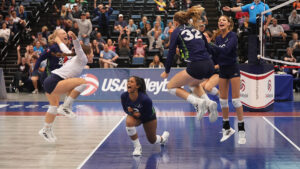 USA Volleyball Education is focused on improving developmental and educational opportunities across the sport of volleyball from grassroots to the national team level. Our goal is to provide the opportunity to access, complete and apply high-quality information and methods in the technical, tactical, physical and emotional aspects of the game for athletes and coaches while providing training, support and resources for other key stakeholders including officials, parents and clubs.
USA Volleyball Education is focused on improving developmental and educational opportunities across the sport of volleyball from grassroots to the national team level. Our goal is to provide the opportunity to access, complete and apply high-quality information and methods in the technical, tactical, physical and emotional aspects of the game for athletes and coaches while providing training, support and resources for other key stakeholders including officials, parents and clubs.
For years, the focus of volleyball in many areas and across various levels shifted to a mindset of winning at all costs.
What we now know is that the most successful teams in the world have developed a model of training and a culture that supports a holistic approach to athlete development which not only sets them up for competitive success on the court, but values and emphasizes the important of athlete health, well-being and long-term involvement in the sport.
The USA Volleyball Development Model was created based on the idea that volleyball in the U.S. could be taught differently, resulting in long-lasting positive outcomes across all measures of performance while keeping kids involved and loving the game longer.
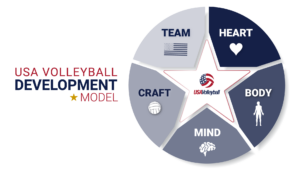
The five pillars of the USA Volleyball Development model provide the basis for a holistic approach to the core elements that are vital to supporting development at every level and across age groups.
USA Volleyball Education is committed to providing support for the volleyball community with a role-based approach to education and training. Whether you’re planning practices, cheering from the stands or making the right call, we provide the tools and resources to help you succeed.
USA Volleyball partner Sports Imports has provided USA Volleyball coaches with drills for use with their Trainer+ and The Vertec.


Team chemistry is crucial to a successful season. Here are a few ideas on how to foster that team cohesion.
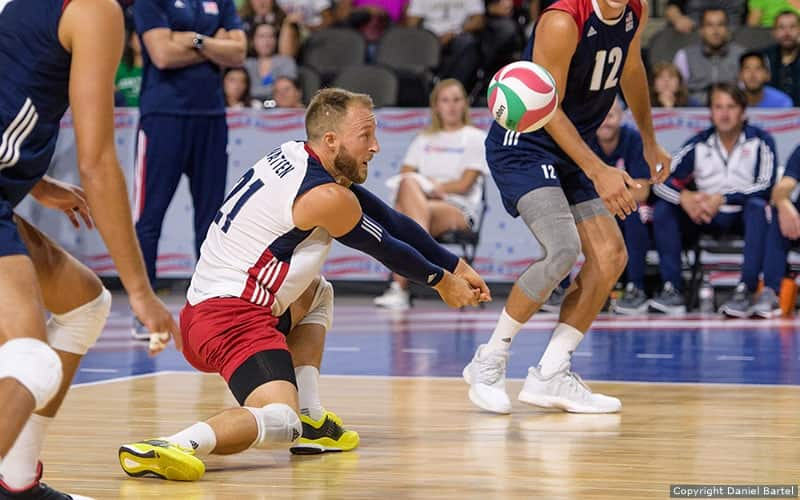
Looking for insights to improve your game? Check out our tips from top U.S. athletes

You, the coach, have to design the drills that are going to help your team reach its potential. So let’s take a look at some of the things that will help you to make drills that work for your team.
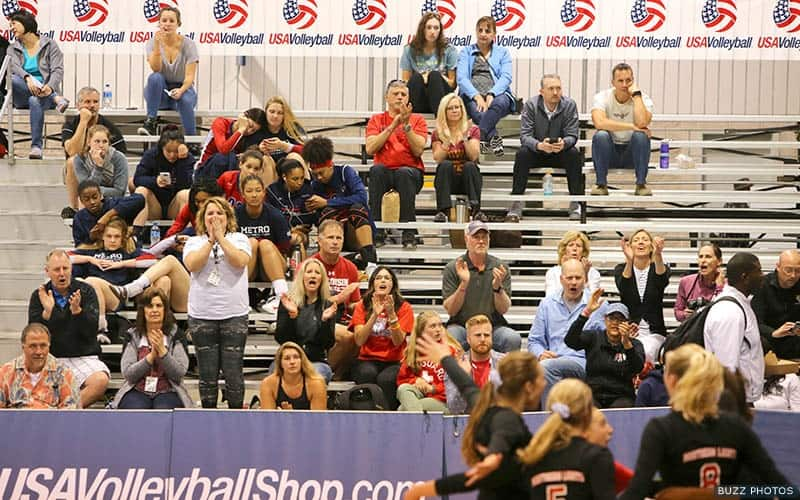
Club directors and coaches often have to deal with bad behavior in the stands. You can help defuse that behavior by sharing these tips with club parents.
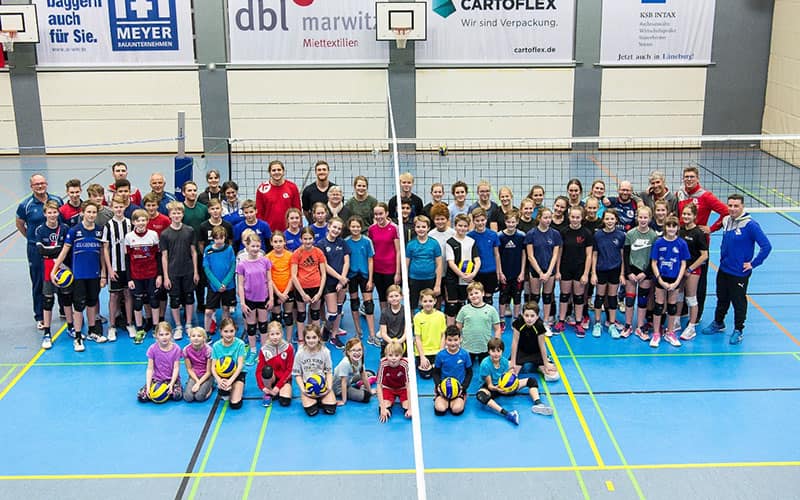
John Kessel shares ideas on how to teach the joy of volleyball before teaching the skills.
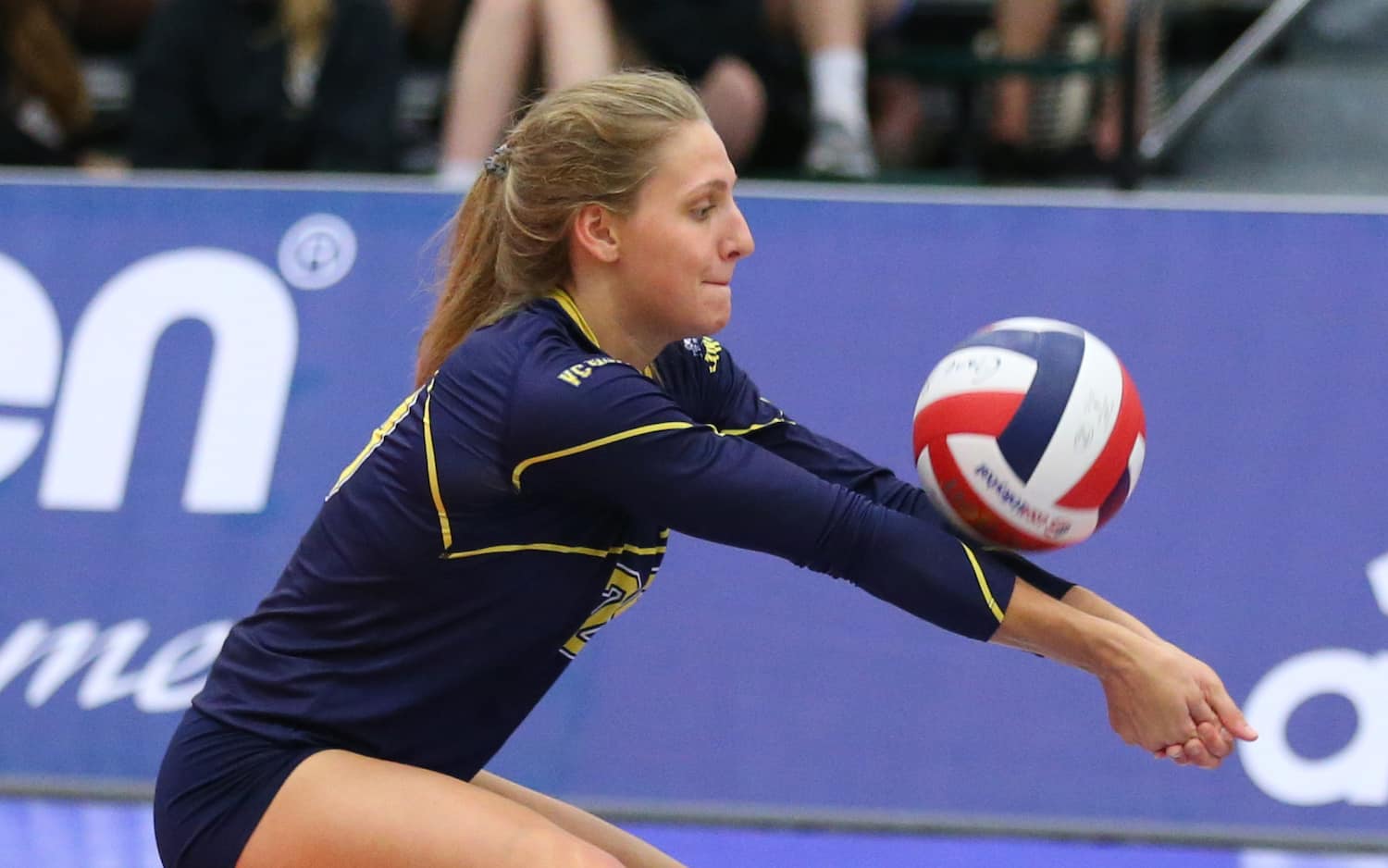
Every player on the court must have a strong grasp of what defense is and be heavily involved in its execution.
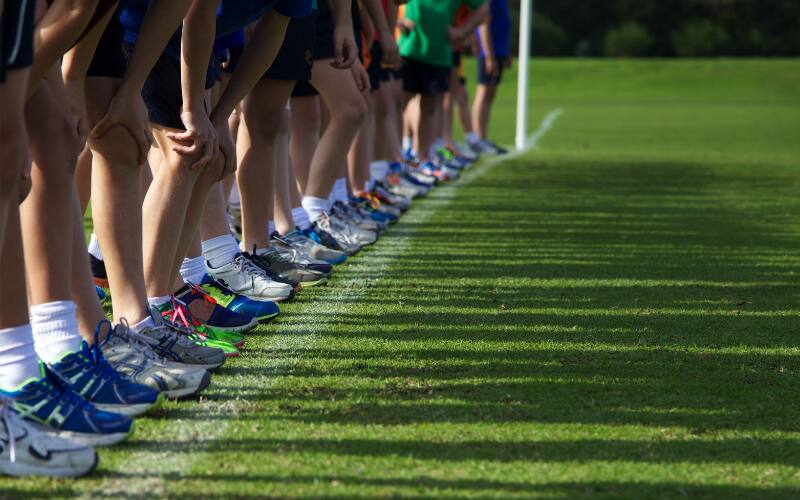
Exercise has been used as punishment in the past, but there's ways to prove a point other than forced physical exertion.

Vaping is thought to be safer than smoking cigarettes, but it is actually harmful to a young athlete's training and long-term health.
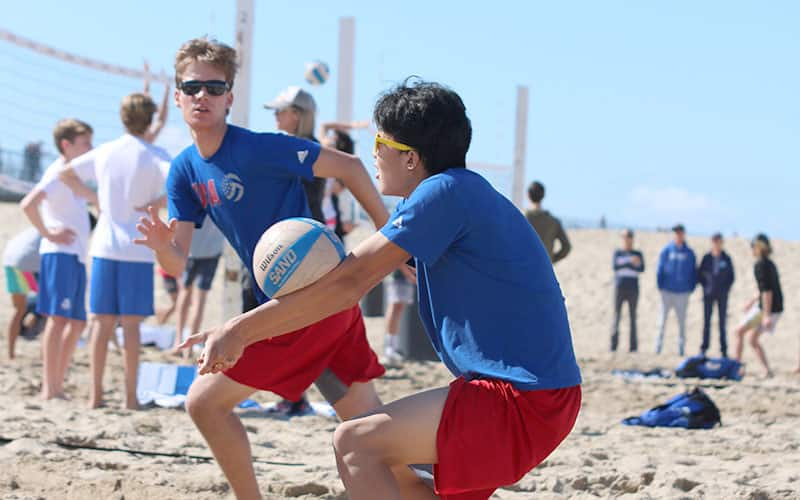
Highlights from a 2014 study that examined how participation in high school sports correlated with a person's behaviors and accomplishments later in life.

It's easy as a parent to focus on results. But for well-rounded, lifelong athletes, a focus on recognizing effort rather than results can yield more benefits.

Eating before a match is an important part of being a successful athlete. No matter if a match is over in three sets or goes five sets, here are some fueling tips to make sure your body is ready to keep playing through the end.

With the right nutrients in your diet, you can lower the risk of injury and recover more quickly if you do get hurt.
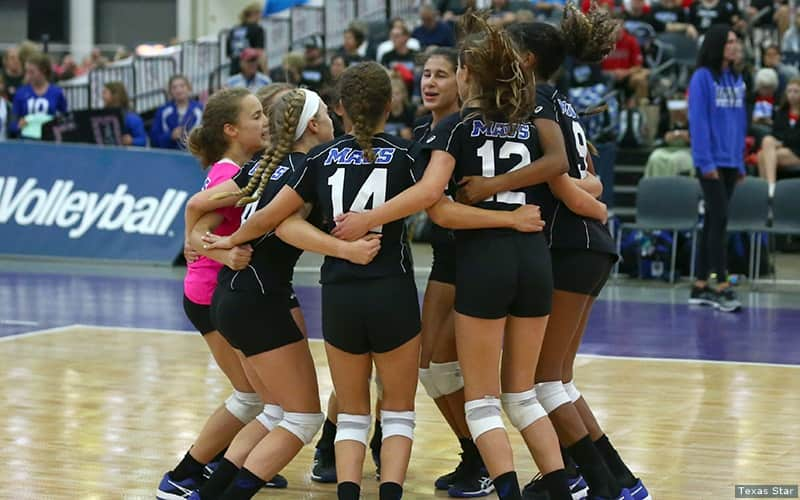
John Kessel sends his 13U team members on their way with ideas to hone their skills over the summer.
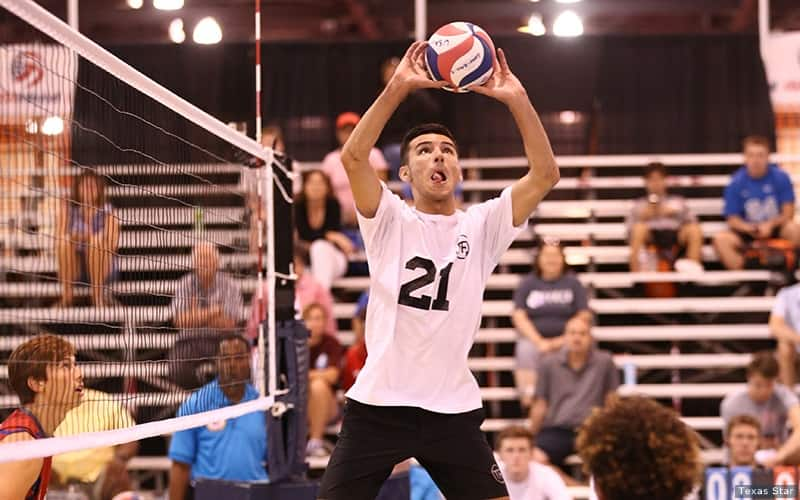
Playing more than one sport is great for an athlete's well-being. Here's how you can be a supportive coach as they transition between sports.
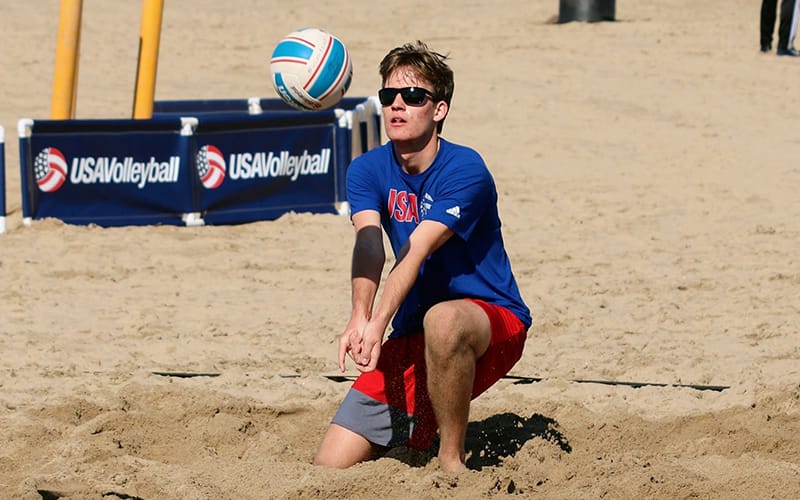
Prepare for beach national qualifiers and the USA National Beach Tour-Junior Championships with these tips.
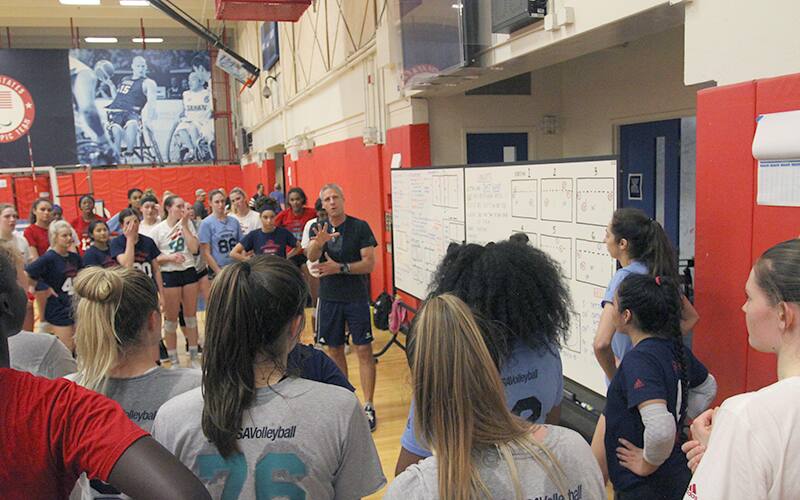
Culled from top coaches, these are simple tips that you can put in your coaching toolbox when working with your team.
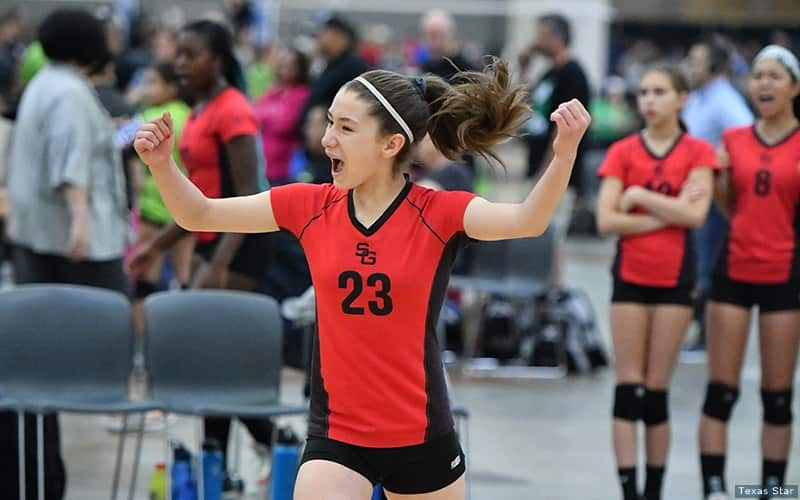
In the second part of this CAP II article, Scott Jones discussing building confidence to change athlete mindsets.

Dietary supplements are omnipresent in sports, but be cautious before buying.
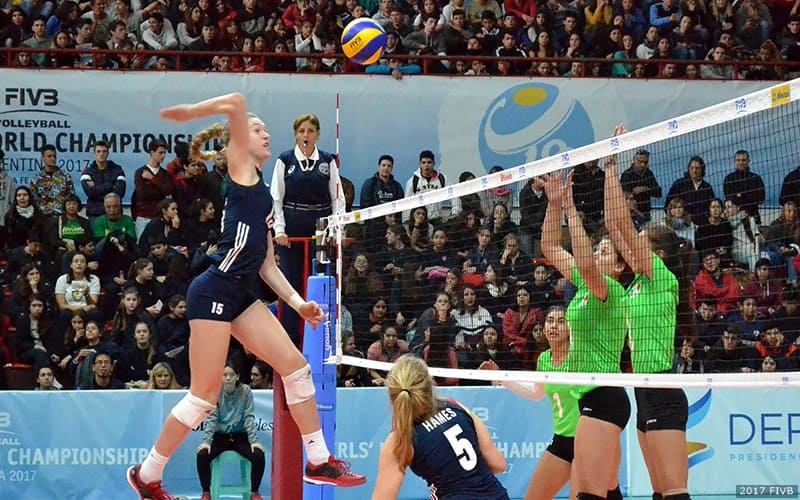
Stanford-bound middle Kendall Kipp talks about striving to maintain good character and play the game the right way.
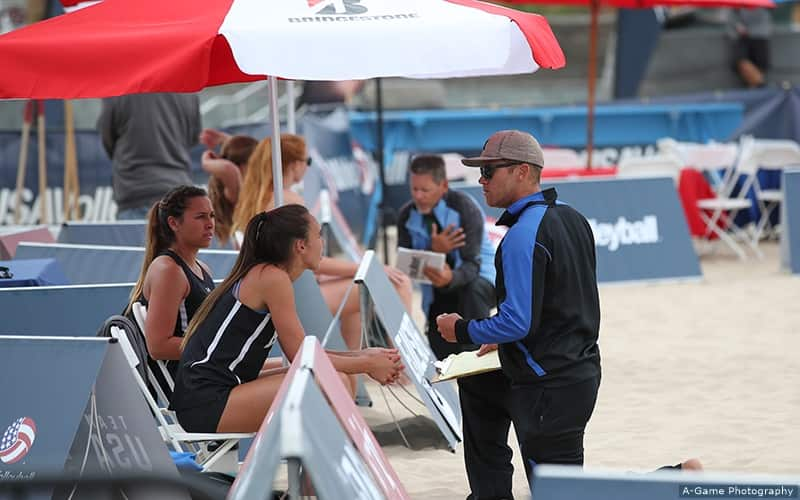
Stephen F. Austin University head beach coach Alex Luna shares his thoughts on what makes a good coach in this BCAP II article

The body needs iron for growth, development, cellular functioning and to make certain hormones and connective tissue. Making sure your diet includes iron-rich foods is particularly important for athletes.